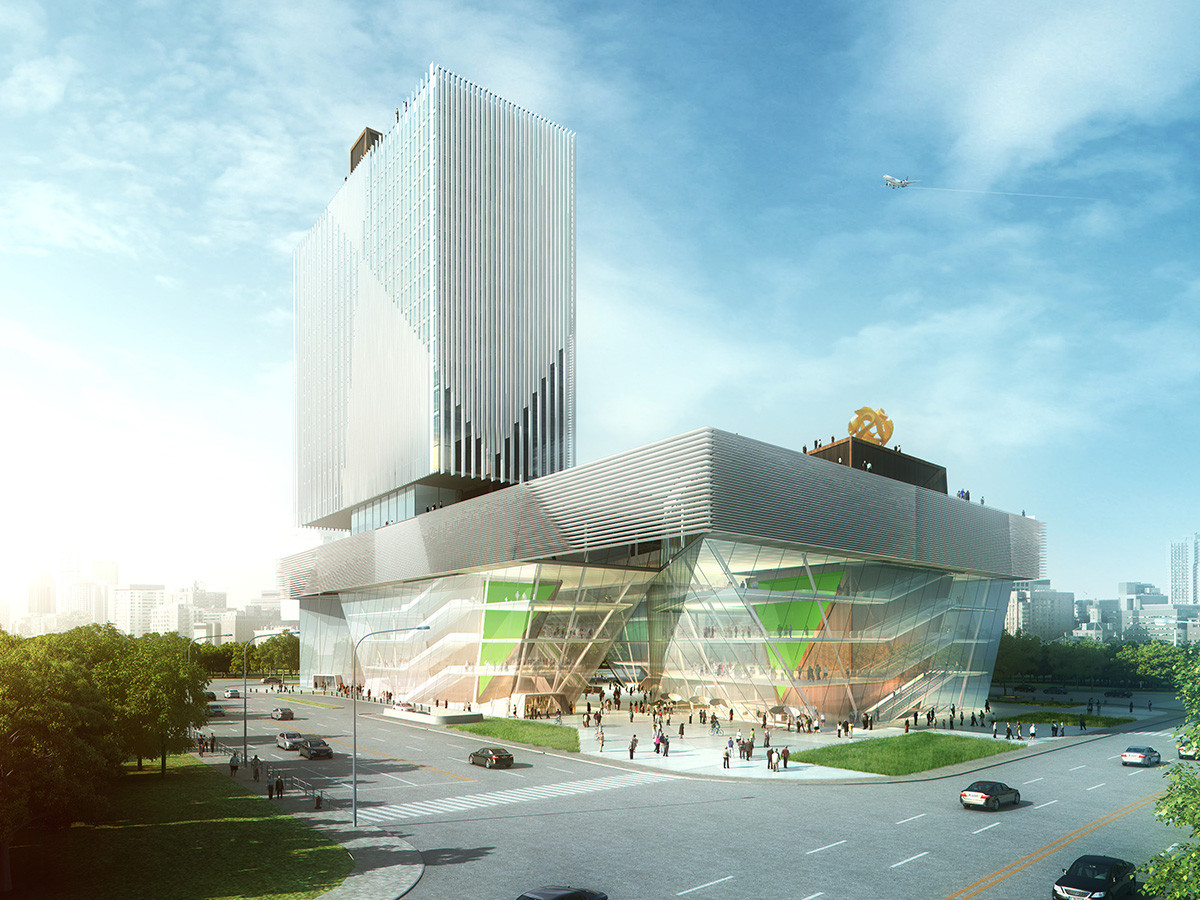
UPDATE: SHoP Architects' ultra-thin, 100-unit apartment tower has now won approval from the New York City Landmarks Commission. Once complete in 2016, the 1,350-foot structure will offer luxury apartments that peer down at the Empire State Building and rise just above the One World Trade Center’s roofline.
When Vishaan Chakrabarti, principal at ShoP Architects, spoke recently of building high-density cities, he meant it.
Renderings from the architecture firm show Manhattan's skyline will soon welcome its newest "super tall" building, a strikingly skinny residential tower rising 411 meters (1,350 feet) on a puny 13 meter (43 feet) wide site just two blocks south of Central Park.




























